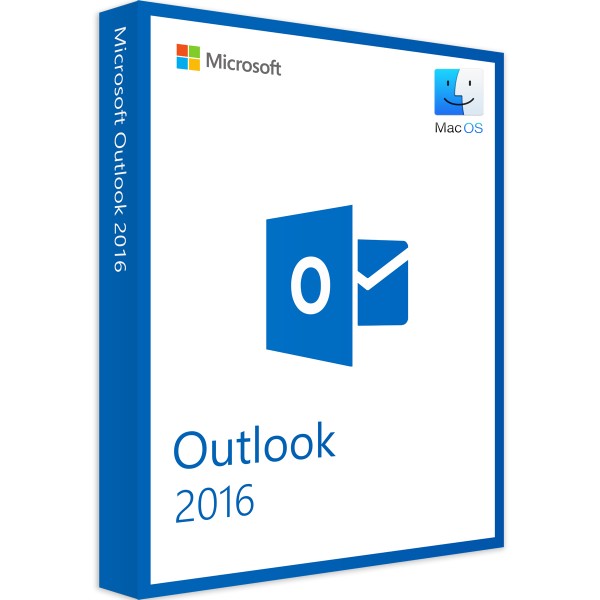As this demand for reliable clients grows, Microsoft continuously works on delivering the best features for users in need of a dependable email and calendaring app. Microsoft Outlook 2016 for Mac brings the client to macOS operating systems, opening up new opportunities. Outlook 2016 for Mac makes it simple to work with your emails.

- Microsoft Outlook 2016 Mac Download; Note: The steps to install the 2016 or 2013 versions of Office Professional Plus, Office Standard, or a stand-alone app such as Word or Project might be different if you got Office through one of the following: Microsoft HUP: If you bought Office for personal use through your company, see Install Office through HUP.
- This feature is not 'excluded.' It is 'not available.' Windows and Mac Outlook development teams are completely separate with different levels of funding and resourcing, and there is no shared code, so just because a feature is available in Windows doesn't mean it will make it into the Mac version.
- Plus, search anything you need Download Microsoft Outlook 2016 to know while on-the-go with the Chrome extension or mobile app. “We've solved the problem of making sure each new employee has ALL the info they need Download Microsoft Outlook 2016.
Original KB number: 2648915
Summary
This article contains information about the compatibility of Microsoft Outlook for Mac and Apple iCloud.

Outlook for Mac does not support Apple iCloud calendar (CalDAV) and contact (CardDAV) synchronization.
Outlook for Mac does support iCloud Mail. For steps on how to configure your iCloud email account in Outlook for Mac, go to the More Information section of this article.
More information
To configure your Apple iCloud email account in Microsoft Outlook for Mac, follow these steps:
Reinstall Outlook 2016 Windows 10
Start Outlook for Mac.
On the Tools menu, select Accounts.
Select the plus (+) sign in the lower-left corner, and then select Other E-mail.
Enter your E-mail Address and Password, and then select Add Account.
Note
The new account will appear in the left navigation pane of the Accounts dialog box. The Server Information may be automatically entered. If not, follow the remaining steps to enter this information manually.
Enter one of the following in the Incoming server box:
imap.mail.me.com(forme.comemail addresses)mail.mac.com(formac.comemail addresses)imap.mail.me.com(foricloud.comemail addresses)
Select Use SSL to connect (recommended) under the Incoming server box.
Enter one of the following in the Outgoing server box:
smtp.mail.me.com(forme.comemail addresses)smtp.mac.com(formac.comemail addresses)smtp.mail.me.com(foricloud.comemail addresses)
Select Use SSL to connect (recommended) under the Outgoing server box.
Select Override default port under the Outgoing server box, and then enter 587 in the Outgoing server port text box.
Microsoft Office For Mac 2016
After you have entered the incoming and outgoing server information, Outlook for Mac will start to receive your email messages.
Note
You can select Advanced to enter additional settings, such as leaving a copy of each message on the server.
